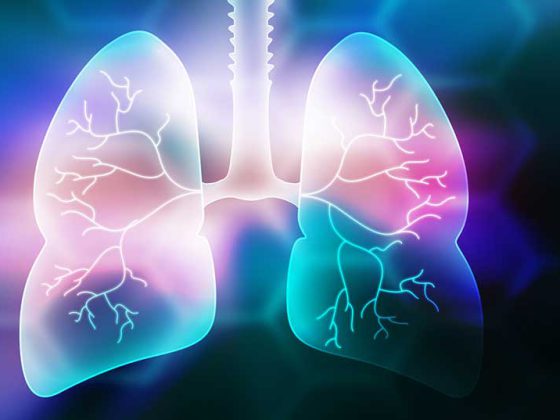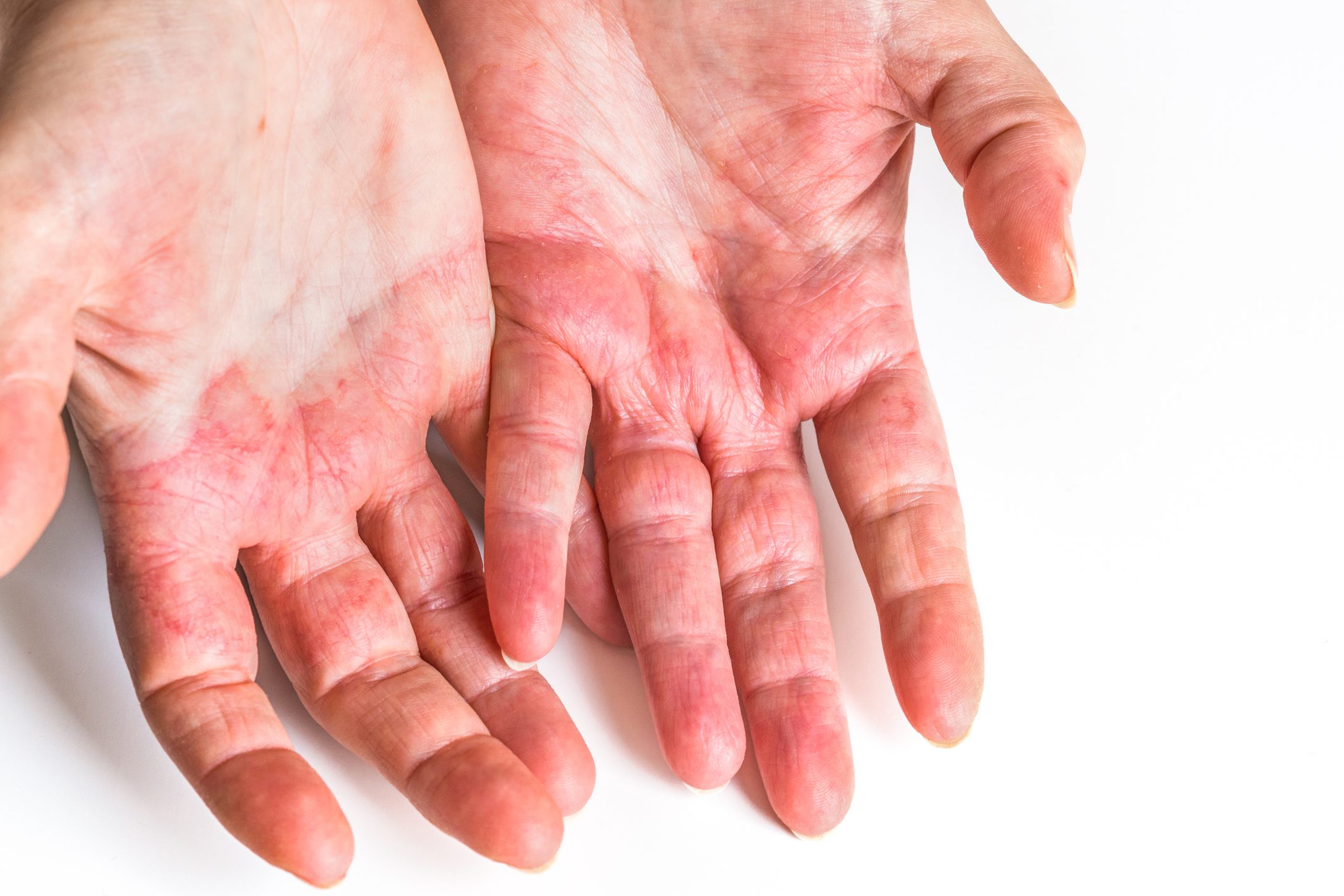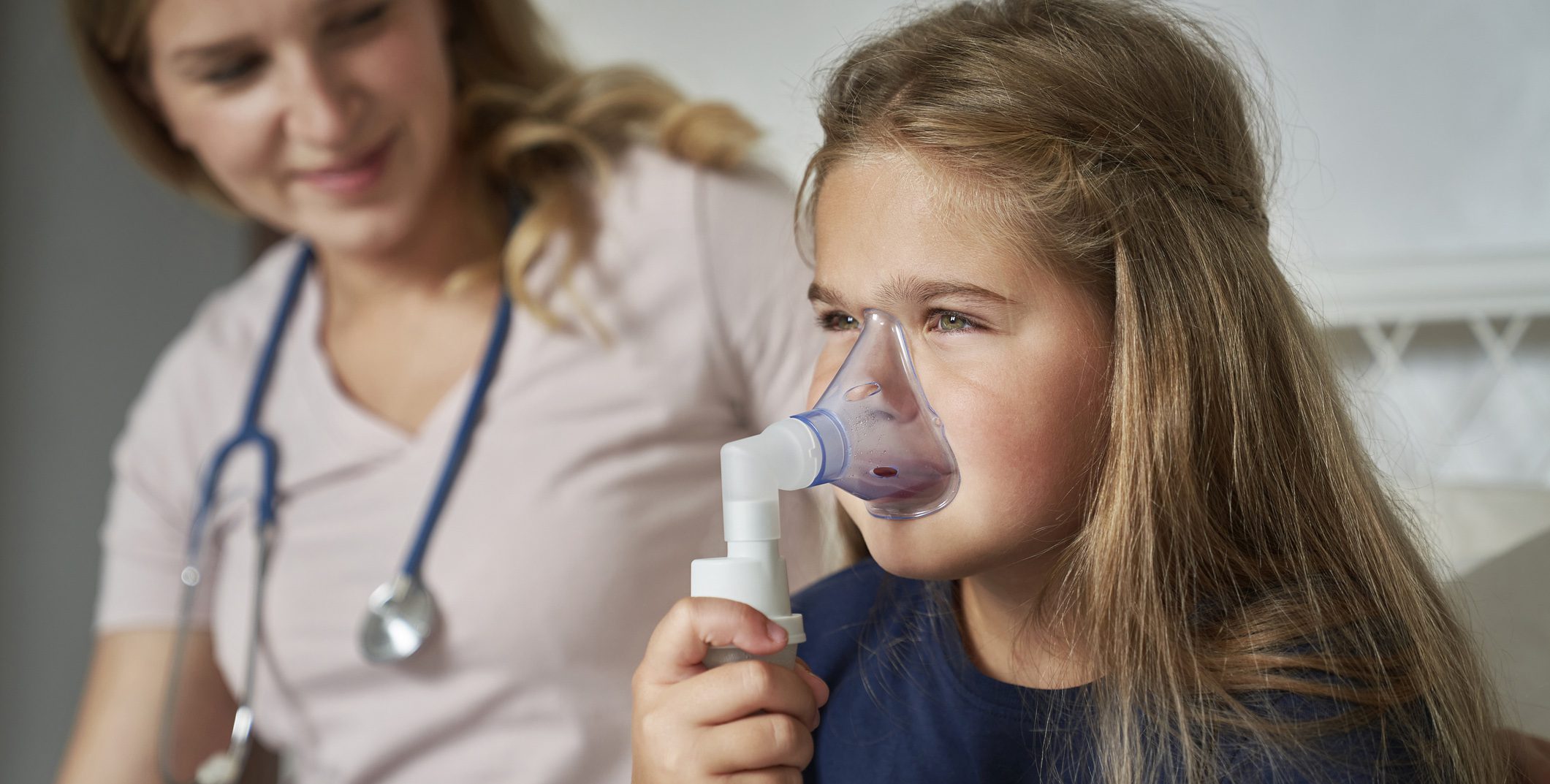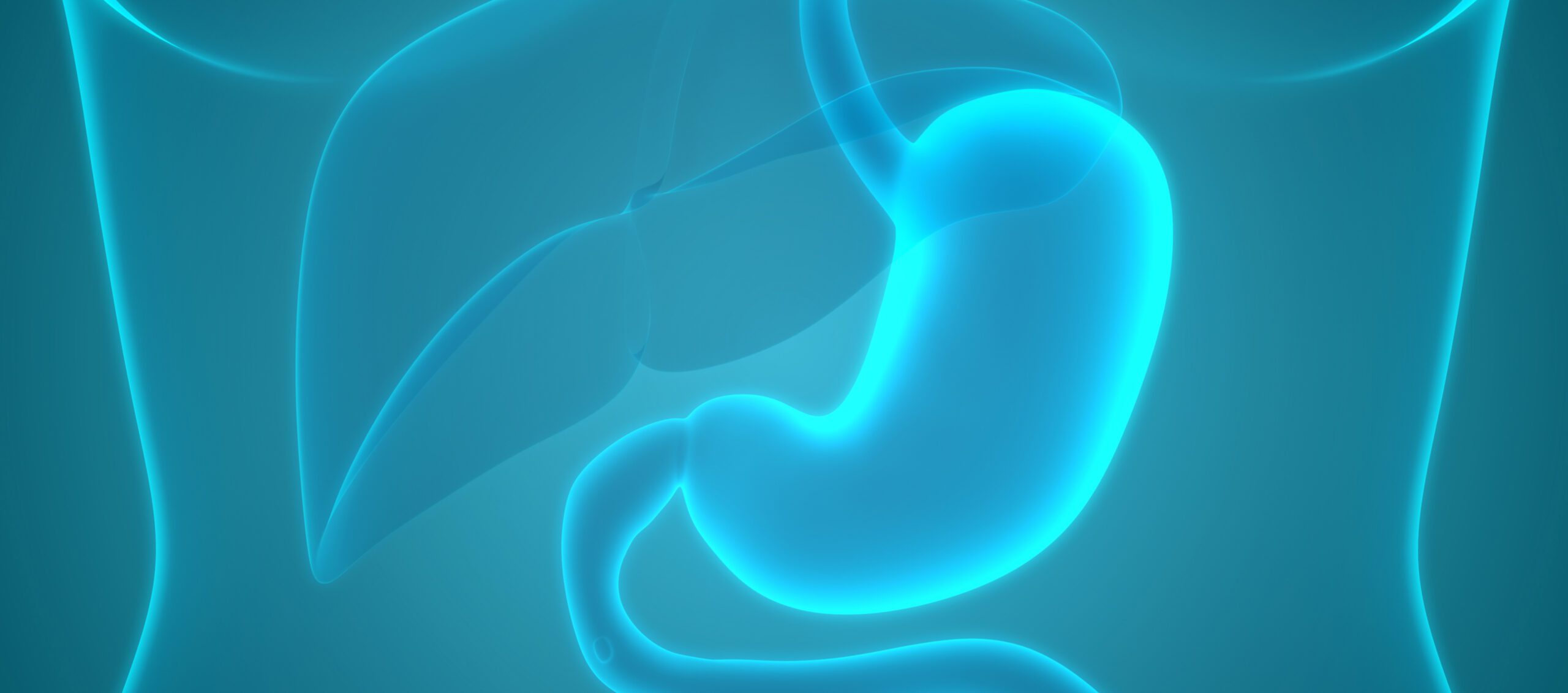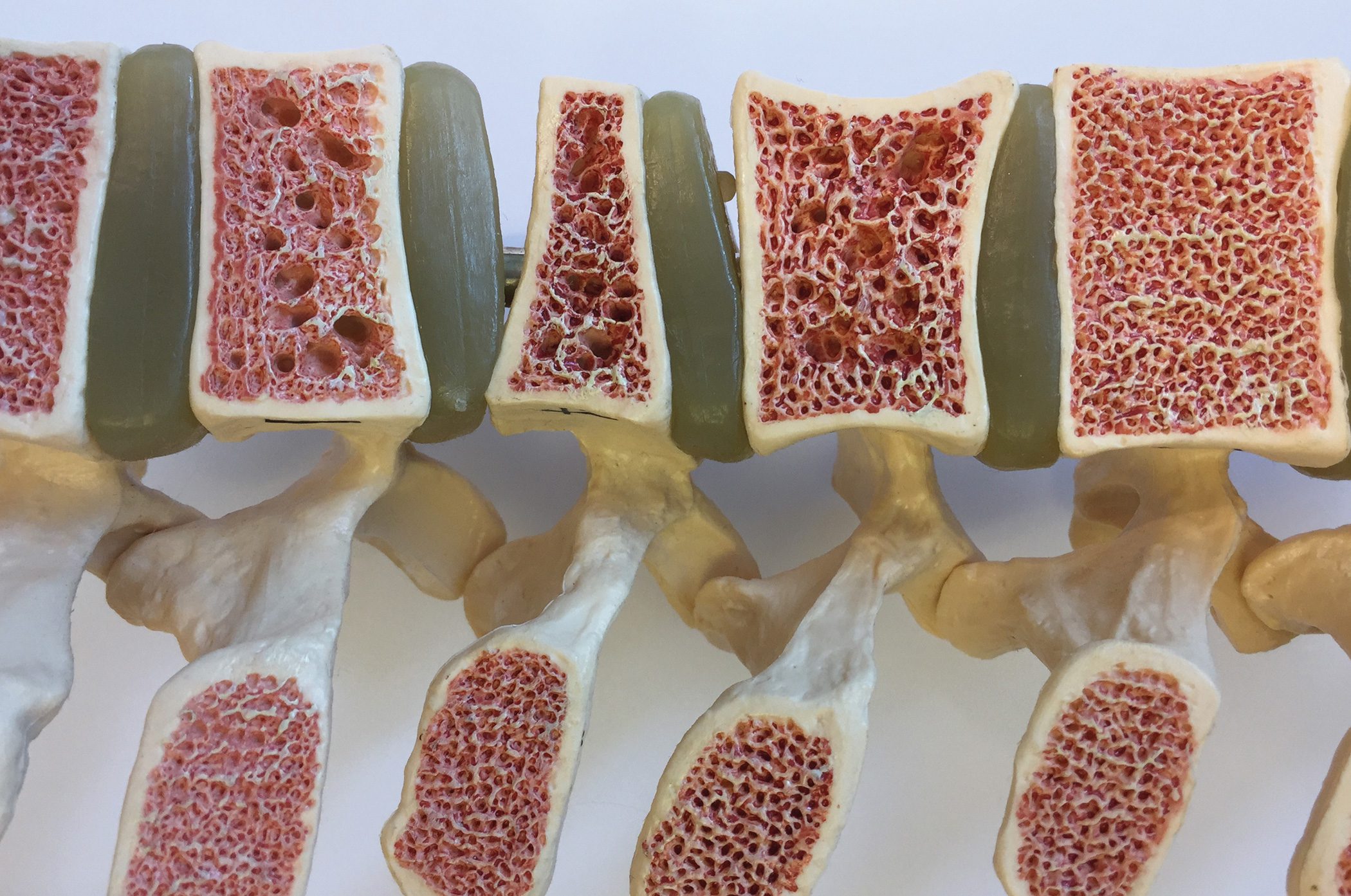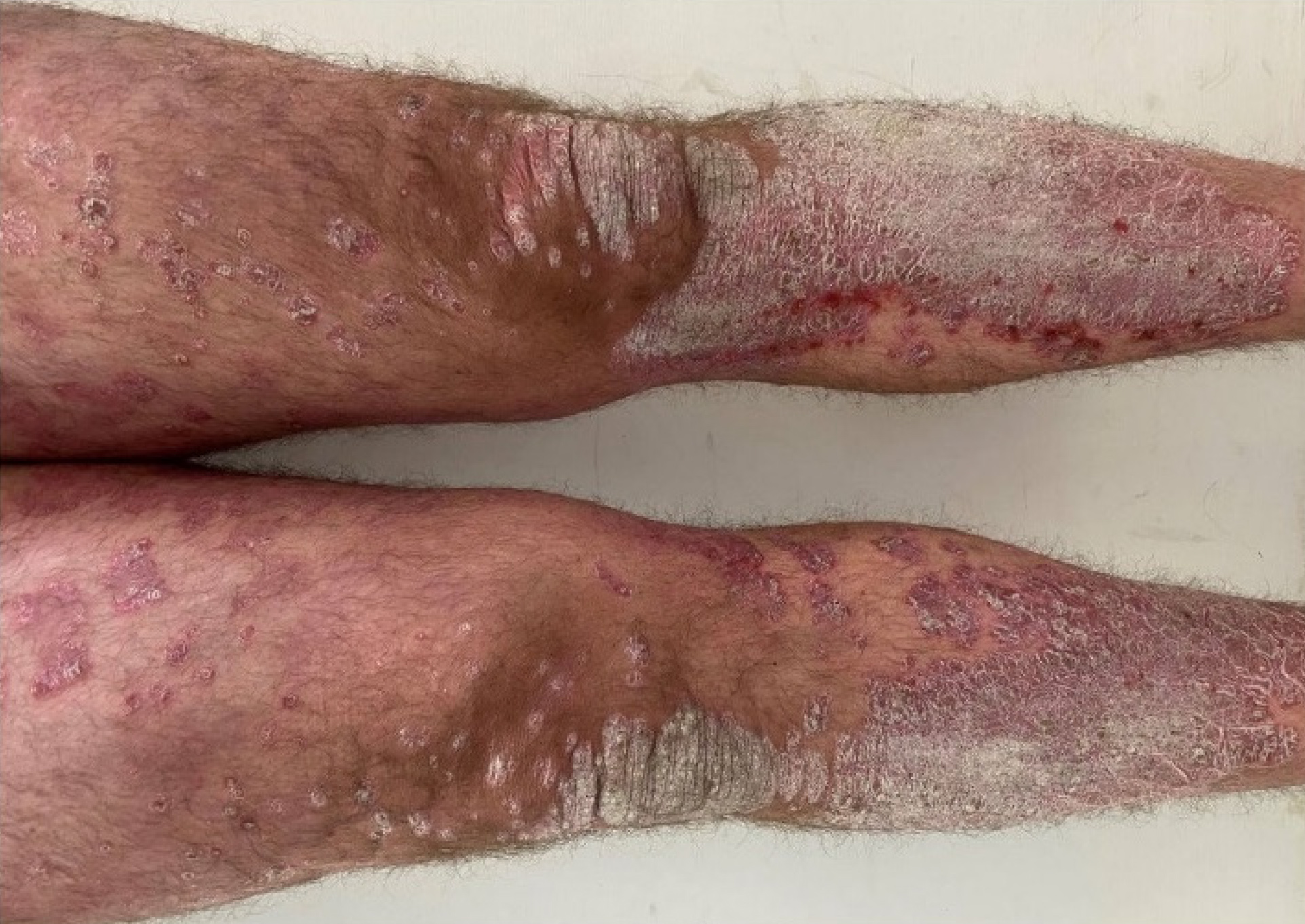This rare and severe form of epilepsy was first described by the French physician Dr. Charlotte Dravet. The former term was “severe infantile myoclonic epilepsy”. The first manifestation of Dravet syndrome occurs within the first year of life and is characterized by febrile, focal, usually unilateral, motor seizures.
Stimuli that trigger seizures include an increase in body temperature as a result of feverish infections, exertion and warm baths [1]. As the disease progresses, the seizure forms change. In the first year of life, fever-induced tonic-clonic or clonic seizures with a high risk of status epilepticus predominate, in the 2nd-3rd year of life the risk is higher. Myoclonic seizures occur predominantly in the first year of life and tonic-clonic seizures occur in old age [1,2]. This is accompanied by seizure-related organic brain development disorders with psychomotor retardation and ataxia. After the age of 5, the frequency and severity of seizures may decrease.
Mutation in the SCN1A gene on chromosome 2
In 75-80% of clinically diagnosed cases, a mutation or deletion of the SCN1A gene can be detected using a molecular genetic procedure [3]. However, a negative result does not rule out the disease, as Dravet syndrome is primarily diagnosed on the basis of symptoms [4]. Other infantile epilepsy syndromes must be differentiated in the differential diagnosis. Developmental and epileptic encephalopathies with onset in childhood and adolescence can manifest with both focal and generalized seizures and include Dravet syndrome as well as Lennox-Gastaut syndrome, infantile spasms syndrome, epilepsy with myoclonic atonic seizures (EMAtS), Rasmussen syndrome and febrile infection-related epilepsy syndrome (FIRES) [5].
Results of the “Dravet syndrome caregiver survey”
To find out more about the everyday lives of affected patients and their families, the Dravet Syndrome European Federation launched the DISCUSS (“Dravet syndrome caregiver survey”) study. Caregivers of patients with Dravet syndrome were surveyed anonymously between June 23 and August 4, 2016. In 2022, results from the German cohort were published in the Journal of Epileptology [2]. The analyses are based on questionnaire data from 68 parents of affected children. The Dravet syndrome patients had an average age of 10 years (age range: 1-26 years). Only 3 patients (4.4%) were seizure-free in the previous three months. Overall, 97% of patients over 5 years of age had at least one comorbidity (box). The most commonly used antiepileptic drugs at the time of the survey were valproate, potassium bromide, stiripentol, clobazam and topiramate (box) . The sodium channel blockers**, phenobarbital and levetiracetam used in the past are apparently no longer used. With regard to psychosocial parameters, it was found that the quality of life of patients and their families is reduced compared to the general population and that the disease has a considerable impact on parents and siblings in particular. Caregivers were often concerned about the child’s future (98.5%) or the tolerability or effectiveness of drug therapies (86.8% and 69.1% respectively 47). 86.0% (n=4) of fathers and 88.0% (n=54) of mothers reported that their own professional activities were affected. Around a third of caregivers quit their jobs so that they could look after their own child. They received support from their private environment (55.9%), their partner (42.6%), social services (11.8%) or private outpatient care services (23.5%).
** Sodium channel blockers are contraindicated in Dravet syndrome.
Cannabidiol as an add-on therapy
Based on the results of double-blind placebo-controlled studies, a medicinal product containing the active substance cannabidiol (Epidyolex®) was approved in Switzerland in 2021 as an add-on therapy for patients over 2 years of age with Dravet syndrome or Lennox-Gastaut syndrome [6]. The response rates in Dravet syndrome were 36% (>50% seizure reduction) and 11% (>75% seizure reduction) when administered at 10 mg/kg bw/day. The success rate is somewhat higher at 20 mg/kg bw, but there are also more side effects (e.g. drowsiness, lack of appetite, diarrhea and fever).
Literature:
- «Dravet-Syndrom», https://flexikon.doccheck.com/de/Dravet-Syndrom, (last accessed 03.05.2024)
- Strzelczyk A, et al.: Klinische Charakteristika und Lebensqualität beim Dravet-Syndrom: Ergebnisse der deutschen Kohorte des «Dravet syndrome caregiver survey» (DISCUSS). Z Epileptol 2022; 35: 169–177.
- Gataullina S, Dulac O: From genotype to phenotype in Dravet disease. Seizure 2017; 44: 58–64.
- Vereinigung Dravet Syndrom Schweiz, https://dravet.ch, (last accessed 03.05.2024)
- Brandt C, et al.: Seltene und komplexe Epilepsien – Herausforderungen in Diagnostik und Therapie. Clin Epileptol 2024. https://doi.org/10.1007/s10309-024-00661-0.
- Swissmedic: Arzneimittelinformation, www.swissmedicinfo.ch, (last accessed 06.05.2024)
- Epidyolex®, https://dravet.de/epidiolex-3, (last accessed 06.05.2024).
HAUSARZT PRAXIS 2024; 19(5): 36
InFo NEUROLOGIE & PSYCHIATRIE 2024; 22(3): 32






